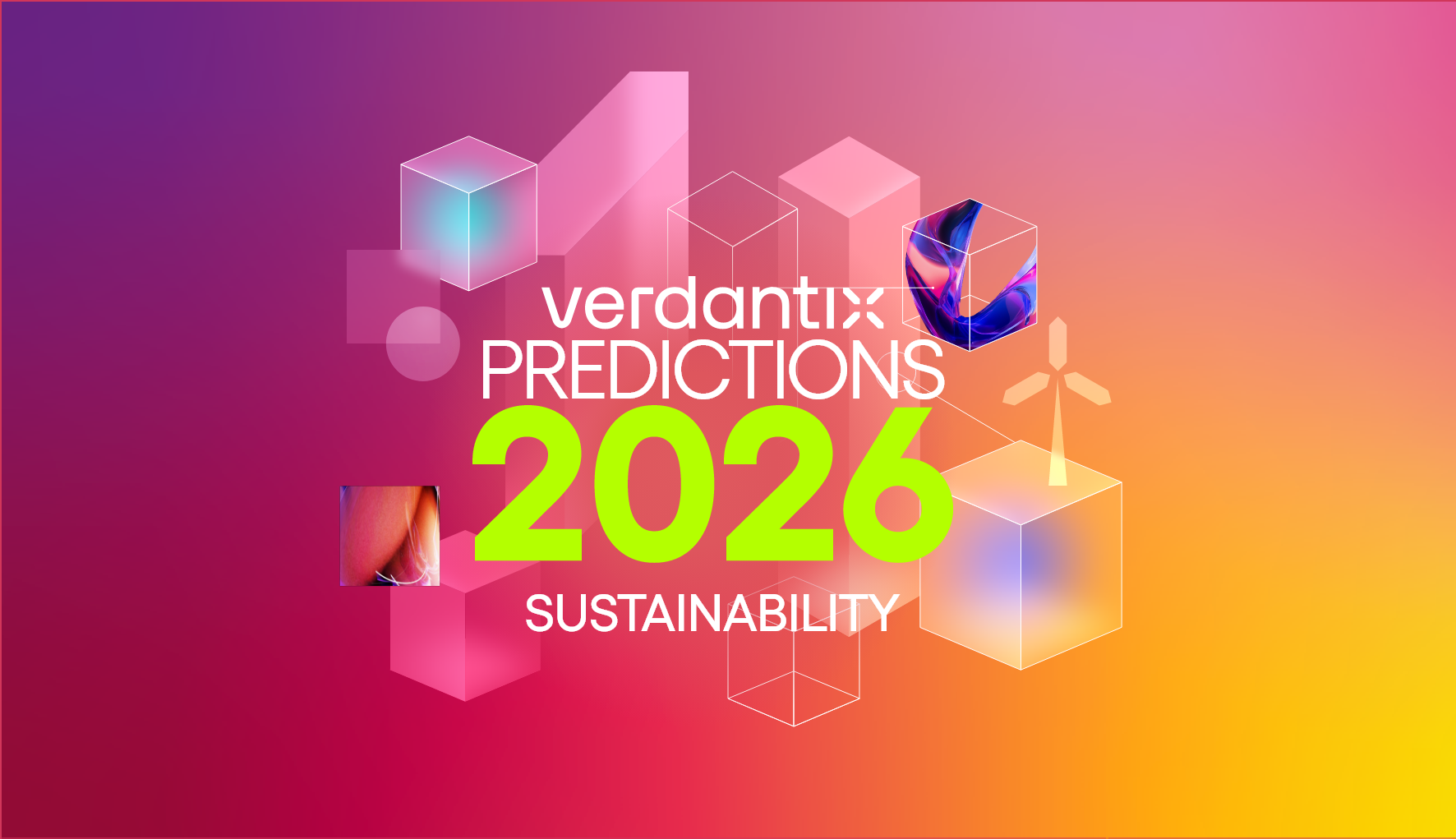Dealing With Nature Risk: How Will The ‘Taskforce on Nature-related Disclosures’ Play Out?
The Taskforce on Climate-related Financial disclosures (TCFD) has seen success since its launch in 2015. The third TCFD status report, published in October 2020, found that some 60% of the Fortune 100 either supported the initiative, or reported in line with TCFD recommendations; TCFD- aligned reporting will shortly be mandatory for a sizeable portion of UK enterprises. Now, following in the footsteps of the TCFD, the Taskforce on Nature-related disclosures (TNFD) has been launched, with the aim of minimizing nature loss. How will this impact corporate disclosure strategies?
The current TCFD recommendations require companies to disclose financial risks directly related to climate change; consider, for example, the impact declining rainfall could have on agricultural assets, or how mortgage portfolios might be affected by increased flooding. The TNFD will focus on how potential nature-related issues could impact financial performance, such as deforestation or biodiversity loss. The TNFD, which is currently supported by over 30 financial institutions, including HSBC and BlackRock, alongside significant global enterprises, such as Nestle and Holcim, is slated for release in 2023.
Following in the TCFD’s footprints, the TNFD intends that disclosure outputs be integrated into existing standards and frameworks, including, for example, the GRI and SASB. And similarly to the TCFD, firms choosing to submit TNFD disclosures will be required to outline nature- related physical and transitional risks. A new area of focus for the TNFD takes the form of guidance for financial institutions concerning how third-party data is used. Institutions will need to leverage data from both corporate disclosures, and third-party data sources; these include ‘traditional financial research, ratings and data service providers, remote sensed data, public databases, sources and references such as the UN SEEA framework, the data and metrics used for the UN CBD Post-2020 Global Biodiversity Framework, and those provided by other relevant stakeholders such as NGOs’.
This new demand from financial institutions for third party data will have a significant impact on the current ecosystem of data providers. Financial firms will have to seriously examine how data – such as that provided by GIS systems, for example – is integrated into overall management strategies. Corporate firms will also be under pressure from institutional investors to begin to disclose on nature-related sustainability performance. Third-party data providers should keep a watchful eye on how the TNFD develops and focus on ensuring data products are aligned with upcoming TNFD recommendations.
About The Author

Connor Taylor
Principal Analyst





